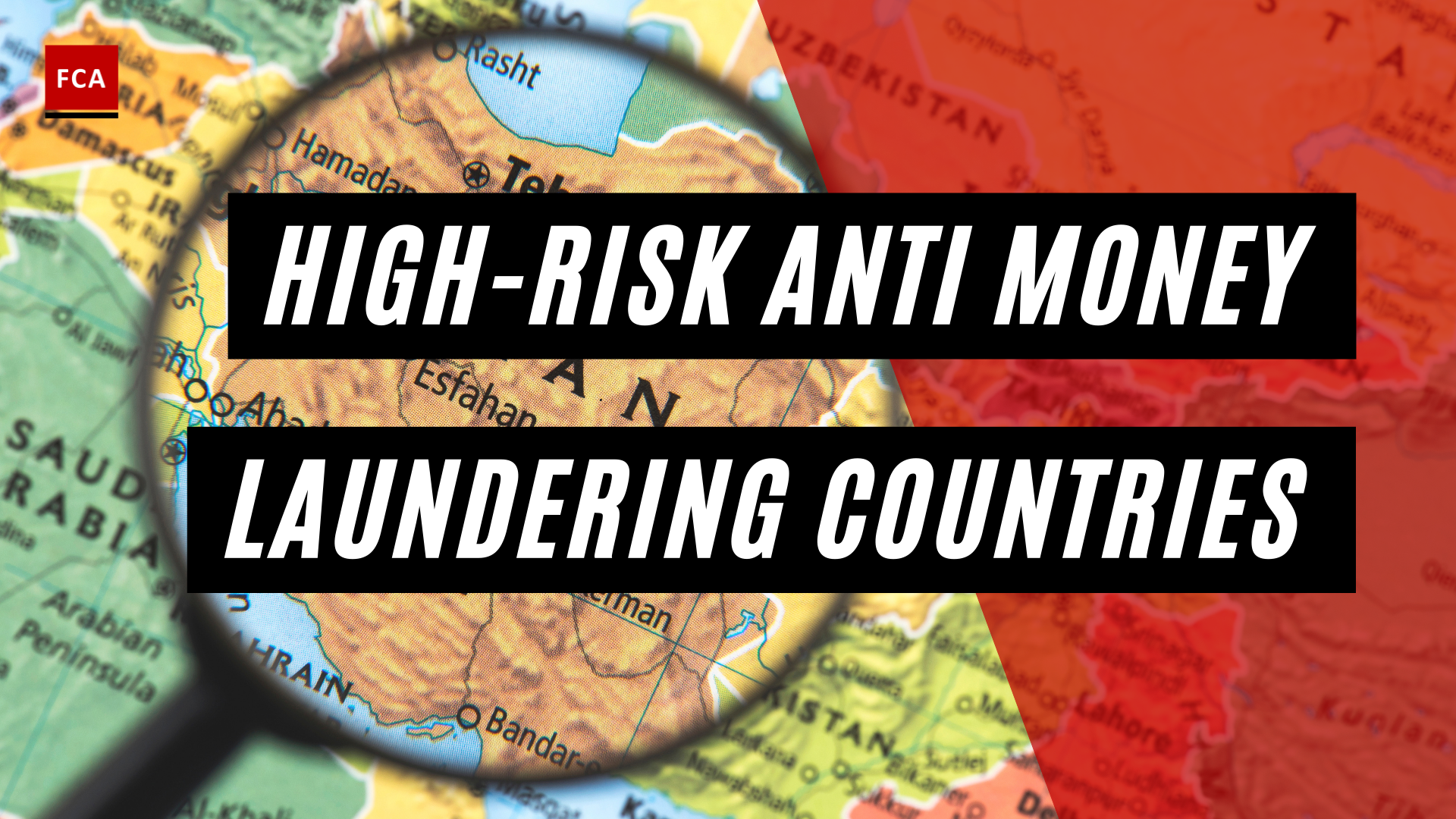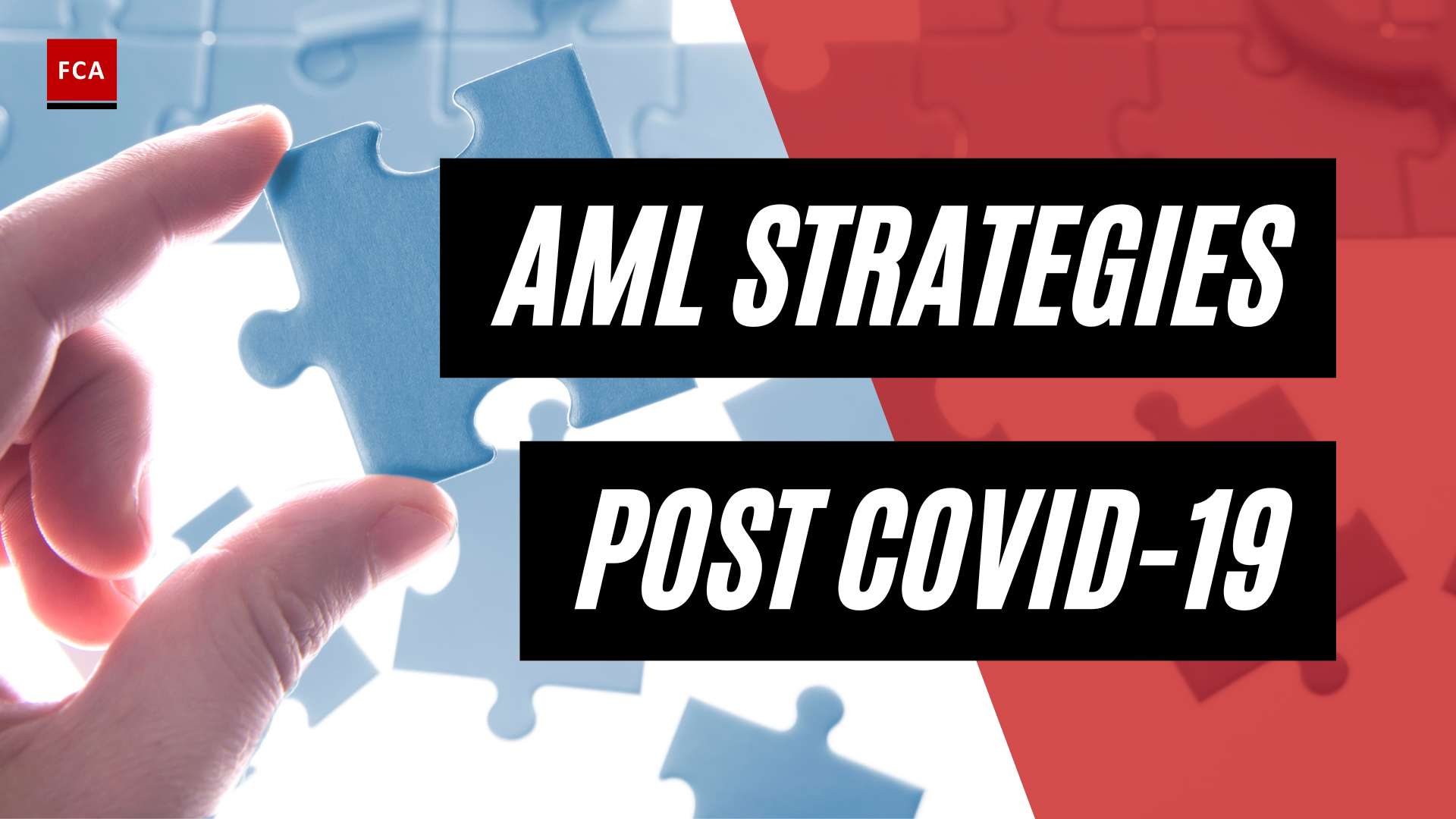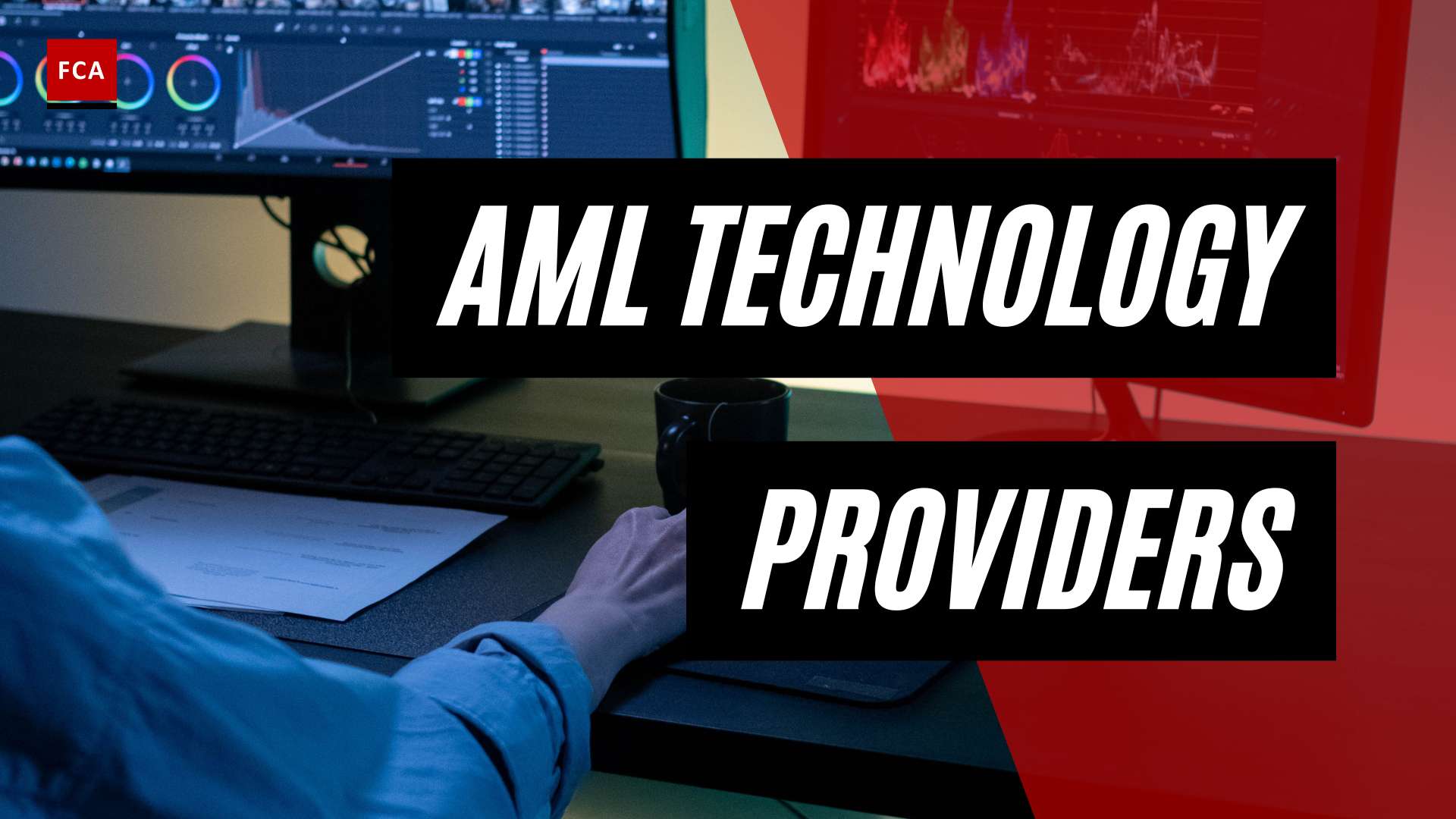Money Laundering with Virtual Assets
The rise of virtual assets, such as cryptocurrencies, has introduced new challenges in the fight against money laundering. Criminals are increasingly exploiting the characteristics of virtual assets to launder illicit funds, taking advantage of the anonymity and decentralized nature of these digital currencies (Investopedia). This section explores the introduction to virtual asset money laundering and the risks and challenges associated with it.
Introduction to Virtual Asset Money Laundering
Money laundering with virtual assets involves the process of disguising the origins and true ownership of illicit funds through the use of cryptocurrencies and other digital currencies. Criminals leverage the relative anonymity provided by these virtual assets to obfuscate the trail of money, making it difficult for law enforcement agencies to track the flow of illicit funds effectively.
Virtual assets provide a convenient and borderless method for criminals to transfer funds anonymously, bypassing traditional banking systems and regulatory scrutiny. This ease of transfer and the decentralized nature of virtual assets make it challenging to detect and prevent illicit financial activities effectively. Criminals may exploit various methods and technologies to launder money through virtual assets, including concealing the origin and destination of funds, exploiting unregulated peer-to-peer exchanges, and utilizing digital assets and cryptocurrencies.
Risks and Challenges of Virtual Asset Money Laundering
Money laundering with virtual assets poses significant risks and challenges to the global financial system, law enforcement agencies, and regulatory authorities. The relative anonymity and decentralized nature of virtual assets make it difficult to trace and identify the individuals involved in illicit financial activities. This lack of transparency hampers the efforts of law enforcement agencies and regulatory authorities to effectively investigate and prosecute money laundering cases (Basel Institute on Governance).
The use of mixers and tumblers, which are services designed to break the link between the sender and receiver addresses of virtual assets, further complicates the tracing of transactions by law enforcement authorities. These services enable criminals to mix and blend their illicit funds with legitimate transactions, making it challenging to identify the true source and destination of the funds (Basel Institute on Governance).
The risks associated with virtual asset money laundering extend beyond financial implications. Money laundering through virtual assets can have serious implications for global financial stability, as it can facilitate the financing of terrorism and other illicit activities. It poses challenges for law enforcement agencies and regulatory authorities in their efforts to safeguard national security and maintain the integrity of the financial system.
To combat the risks posed by money laundering with virtual assets, regulatory efforts have been initiated globally. These efforts include the implementation of Know Your Customer (KYC) and Anti-Money Laundering (AML) measures, recommendations by international bodies like the Financial Action Task Force (FATF), and the collaboration between governments, regulatory authorities, and virtual asset service providers (VASPs). These measures aim to enhance transparency, increase due diligence, and ensure compliance with anti-money laundering regulations in the virtual asset sector.
Understanding the introduction to virtual asset money laundering and the associated risks and challenges is crucial for professionals working in compliance, risk management, anti-money laundering, and anti-financial crime. By staying informed and implementing robust measures, financial institutions and regulatory authorities can effectively detect, prevent, and deter money laundering activities involving virtual assets.
Methods of Laundering Money Through Virtual Assets
Money laundering through virtual assets has become an increasingly prevalent concern in the financial world. Criminals exploit the unique characteristics of virtual assets to conceal the origin and destination of funds, making it challenging for law enforcement agencies to track the flow of illicit funds effectively. Let’s explore some common methods used in laundering money through virtual assets.
Concealing the Origin and Destination of Funds
Virtual assets provide a convenient means for money launderers to transfer funds across borders swiftly and with minimal oversight. Criminals take advantage of the pseudonymous nature of virtual asset transactions, which allows them to obfuscate the origin of funds, making it difficult to trace the illicit activity (Investopedia). During the layering phase of money laundering, where transactions are made to obscure the origin and ownership of the funds, virtual assets can be used to evade detection (FinCEN). By utilizing anonymous transactions with virtual assets, criminals can effectively launder money while maintaining a veil of secrecy.
Exploiting Unregulated Peer-to-Peer Exchanges
Unregulated peer-to-peer (P2P) exchanges present another avenue for money laundering through virtual assets. Criminals capitalize on the lack of oversight and regulatory measures on these platforms to convert illicit funds into virtual assets. P2P exchanges facilitate direct transactions between individuals without the involvement of traditional financial intermediaries, making it challenging to monitor and detect suspicious activity. These platforms offer anonymity and can facilitate the movement of large sums of money across borders quickly and discreetly. The anonymity provided by unregulated P2P exchanges allows money launderers to obscure the source and ownership of the funds, further complicating efforts to combat financial crimes.
Utilizing Digital Assets and Cryptocurrencies
Digital assets, such as cryptocurrencies, have gained significant popularity among money launderers due to their inherent features that enable anonymous and cross-border transactions. Criminals convert illicit funds into popular cryptocurrencies like Bitcoin, Ethereum, or Monero, taking advantage of the decentralized and pseudonymous nature of these digital assets. They can then transfer the funds across borders, leveraging the global reach of virtual assets, and subsequently convert them back into traditional currency, effectively laundering the money (Investopedia). The use of mixers and tumblers, which are services designed to break the link between the sender and receiver addresses, further complicates the tracing of transactions by law enforcement authorities.
To combat money laundering via virtual assets, it is crucial for regulatory authorities to enhance their understanding of these methods and develop robust frameworks to detect and prevent illicit financial activities. By implementing comprehensive know-your-customer (KYC) and anti-money laundering (AML) measures, along with recommendations from organizations like the Financial Action Task Force (FATF), global efforts can be made to mitigate the risks associated with money laundering through virtual assets. The use of advanced monitoring and detection techniques, coupled with the transparency provided by blockchain technology, can assist in identifying and tracking suspicious transactions. By staying vigilant and vigilant and continuously evolving regulatory frameworks, international cooperation, and technological advancements, stakeholders can work together to combat the dark side of money laundering with virtual assets.
Regulatory Efforts to Combat Virtual Asset Money Laundering
To address the growing risks associated with money laundering through virtual assets, regulators and international organizations have taken significant steps to strengthen anti-money laundering (AML) measures. These efforts aim to enhance transparency, mitigate illicit activities, and protect the integrity of the global financial system. In this section, we will explore some of the key regulatory efforts in combating virtual asset money laundering.
Know Your Customer (KYC) and Anti-Money Laundering (AML) Measures
Many countries have introduced regulations to combat money laundering through virtual assets, requiring exchanges and businesses to adhere to strict Know Your Customer (KYC) and Anti-Money Laundering (AML) protocols to deter illicit activities (Investopedia). These measures aim to identify and verify the identity of individuals conducting transactions, reducing the anonymity associated with virtual asset transactions.
KYC procedures typically involve collecting and verifying customer information, such as identification documents, proof of address, and the source of funds. These measures help to establish a robust customer identification process, making it more difficult for criminals to exploit virtual assets for money laundering purposes.
AML measures focus on detecting and reporting suspicious activities to the relevant authorities. Financial institutions and virtual asset service providers (VASPs) are required to implement robust AML programs, including transaction monitoring, risk assessments, and customer due diligence.
Recommendations by Financial Action Task Force (FATF)
The Financial Action Task Force (FATF), an international organization focused on combating money laundering and terrorist financing, has played a crucial role in setting global standards and recommendations for combating virtual asset money laundering. FATF has developed a set of recommendations for Virtual Asset Service Providers (VASPs) to implement AML and Combating the Financing of Terrorism (CFT) measures to regulate the sector and prevent illicit activities.
Noteworthy recommendations include the implementation of the “travel rule,” which requires VASPs to verify and store information on senders and receivers of virtual asset transfers. This helps to enhance transparency and traceability in virtual asset transactions, making it more challenging for illicit funds to flow undetected.
FATF encourages governments to enforce licensing systems for VASPs and establish regulatory frameworks that align with the global standards outlined in their recommendations. These efforts aim to ensure consistent regulatory oversight and foster a more secure environment for virtual asset transactions.
Global Efforts and Collaboration
Given the borderless nature of virtual assets, global collaboration is crucial in combating money laundering. Regulators and law enforcement agencies are increasingly focusing on developing measures to address the challenges posed by the growing use of virtual assets in illicit financial activities.
Through international cooperation, countries share information, best practices, and intelligence to identify and disrupt money laundering networks operating through virtual assets. This collaboration strengthens regulatory oversight, facilitates the exchange of knowledge, and enhances the effectiveness of AML efforts on a global scale.
Efforts by organizations like the FATF, G7, and other regional bodies aim to align regulatory frameworks, exchange information, and promote consistent implementation of AML measures across jurisdictions. By working together, regulators and law enforcement agencies can better combat virtual asset money laundering and protect the integrity of the global financial system.
The regulatory efforts discussed above represent important steps towards combating money laundering through virtual assets. However, as technology evolves and new challenges arise, it is crucial for regulators and industry participants to remain vigilant, adapt their approaches, and continue collaborating to stay ahead of illicit activities in the virtual asset space.
Implications and Impact of Virtual Asset Money Laundering
Money laundering through virtual assets has significant implications and impacts on various aspects of the financial system and beyond. Understanding these consequences is crucial for comprehending the urgency of combating this illicit activity.
Global Financial Stability Concerns
Money laundering through virtual assets poses a threat to global financial stability. The ease and speed with which funds can be moved across borders without the need for a regulated financial system increase the anonymity associated with these transactions. Criminals exploit this anonymity to launder money, making it more challenging to detect and trace illicit activities (FATF). The potential scale of illicit funds flowing through virtual assets can undermine the integrity of financial systems worldwide.
Challenges for Law Enforcement and Regulatory Authorities
Money laundering through virtual assets presents significant challenges for law enforcement and regulatory authorities. The transnational nature of these transactions, facilitated by the lack of geographic borders in cyberspace, makes identifying and verifying the real owners of virtual assets difficult. Additionally, the decentralized and global nature of virtual assets, coupled with the absence of a central authority overseeing transactions, hampers efforts to combat money laundering effectively (FATF). The lack of uniform regulations and standards across jurisdictions creates loopholes that money launderers exploit for their illicit activities. Enhancing international cooperation and collaboration is crucial to overcoming these challenges.
Risks to National Security
Money laundering through virtual assets also poses risks to national security. The ability to move funds anonymously and cross borders without proper oversight enables criminals to finance illicit activities, such as terrorism and organized crime. The lack of uniform regulations and consistent regulatory frameworks across jurisdictions further complicates efforts to detect and prevent such activities (Chartered Accountants Worldwide). Strengthening anti-money laundering measures and enhancing the monitoring and detection capabilities of authorities are essential to mitigate these risks.
As the use of virtual assets in money laundering schemes continues to evolve, it is crucial for regulatory frameworks, international cooperation, and technological advancements to keep pace. Combatting money laundering through virtual assets requires a multifaceted approach that addresses the challenges posed by these illicit activities. By implementing robust Know Your Customer (KYC) and Anti-Money Laundering (AML) measures, following the recommendations set forth by organizations like the Financial Action Task Force (FATF), and leveraging technologies such as blockchain, authorities can enhance their ability to detect, prevent, and mitigate the risks associated with virtual asset money laundering.
Technologies and Tools in AML for Virtual Assets
As criminals continue to exploit virtual assets for money laundering purposes, the need for effective anti-money laundering (AML) technologies and tools becomes crucial. In this section, we will explore three key elements in AML for virtual assets: blockchain technology and transparency, the role of Virtual Asset Service Providers (VASPs), and monitoring and detection techniques.
Blockchain Technology and Transparency
Blockchain technology, which underpins virtual assets, has the potential to revolutionize the financial industry. It enables participants to engage in transactions without relying on a centralized authority, creating a transparent and immutable record of transactions. However, this technology also poses challenges in terms of AML regulations and enforcement.
The inherent nature of the blockchain network presents difficulties in implementing traditional AML measures, such as Know Your Customer (KYC) and Suspicious Transaction Reporting (STR) obligations. In direct transactions via a public blockchain network, there is no authoritative institution verifying the identities of participants and monitoring suspicious transactions. This lack of centralized control makes it challenging to effectively implement KYC/STR obligations.
Despite these challenges, blockchain technology can also provide transparency in transactions. The decentralized nature of the blockchain allows for the tracking and recording of transactions, making it difficult for criminals to conceal the origin and flow of illicit funds. Authorities can leverage this transparency to detect and investigate suspicious activities in the virtual asset space.
Role of Virtual Asset Service Providers (VASPs)
Virtual Asset Service Providers (VASPs), such as cryptocurrency exchanges and wallet providers, play a crucial role in the AML efforts related to virtual assets. These entities act as intermediaries between users, facilitating the buying, selling, and storing of virtual assets. However, the decentralized nature of virtual assets poses challenges for VASPs to implement effective AML measures.
To combat money laundering through virtual assets, VASPs are increasingly required to implement robust AML programs. This includes implementing KYC procedures, monitoring transactions for suspicious activities, and reporting any suspicious transactions to relevant authorities. Additionally, VASPs need to comply with regulatory requirements and cooperate with law enforcement agencies to prevent illicit activities.
Regulators around the world are working to establish frameworks to ensure that VASPs adhere to AML regulations. By imposing AML obligations on VASPs, authorities aim to create a more secure and transparent environment for virtual asset transactions.
Monitoring and Detection Techniques
Monitoring and detecting money laundering activities involving virtual assets require advanced techniques and tools. These include transaction monitoring systems, data analytics, and artificial intelligence (AI) algorithms.
Transaction monitoring systems analyze large volumes of data to identify patterns and anomalies that could indicate potential money laundering activities. By leveraging AI and machine learning, these systems can continuously improve their detection capabilities and adapt to evolving money laundering techniques.
Additionally, data analytics tools enable authorities to analyze vast amounts of data from various sources, including blockchain transactions and digital footprints. These tools provide insights into the flow of funds and help identify suspicious patterns or links between different entities involved in money laundering schemes.
To effectively combat money laundering with virtual assets, it is crucial for authorities and financial institutions to collaborate and share information. This collaboration enables the development of comprehensive monitoring and detection techniques that can keep pace with the evolving nature of money laundering schemes.
By leveraging blockchain technology, strengthening the role of VASPs, and utilizing advanced monitoring and detection techniques, authorities can enhance their capabilities in combating money laundering activities involving virtual assets. However, it is an ongoing challenge to stay ahead of criminals who continuously adapt their techniques. Continued research, collaboration, and technological advancements are essential to mitigate the risks associated with virtual asset money laundering.
Case Studies and Noteworthy Incidents
To understand the real consequences of money laundering with virtual assets, it’s important to examine case studies and noteworthy incidents that shed light on the extent and impact of these illicit activities.
Cyber-attacks and Ransomware Exploitation
Cyber-attacks utilizing virtual assets (VAs) have become increasingly prevalent, with ransomware attacks being a significant concern. One notable incident is the Wannacry Ransomware outbreak in 2017, which affected around 300,000 computers in 150 countries. The worldwide damage caused by this attack was estimated at $8 billion, surpassing the initial ransom demand. Such incidents demonstrate the potential for criminals to exploit virtual assets for financial gain while causing widespread disruption and economic harm.
High-Risk Jurisdictions and Regulatory Deficiencies
Certain high-risk jurisdictions with regulatory deficiencies become attractive targets for unauthorized transfer of funds through virtual assets. Exploiting these jurisdictions highlights the challenges posed by the anonymity of virtual assets in anti-money laundering efforts. Criminals take advantage of the regulatory gaps to obscure the origin and destination of illicit funds, making it difficult for law enforcement to track and trace these transactions effectively (Bristol University School for Policy Studies). Strengthening regulations and international cooperation are crucial in mitigating these risks.
Global Scale of Money Laundering with Virtual Assets
Money laundering with virtual assets poses a significant threat to global financial integrity. In one year alone, an estimated 2-5% of global GDP, equivalent to approximately $2-5 trillion, is laundered through various illicit means, including virtual assets. This staggering amount is comparable to the GDP of Japan, the world’s third-largest economy. These numbers underscore the scope and magnitude of the global challenge posed by money laundering with virtual assets. It is essential to implement robust regulatory frameworks and enhance international cooperation to combat this pervasive issue effectively.
By examining case studies and noteworthy incidents, it becomes evident that money laundering with virtual assets has serious implications for financial stability, law enforcement, and national security. The rise in cyber-attacks, exploitation of high-risk jurisdictions, and the global scale of money laundering through virtual assets highlight the need for comprehensive regulatory measures and international collaboration to deter and detect these illicit activities. In the next section, we will explore the technologies and tools employed in anti-money laundering efforts specifically targeting virtual assets, including the role of blockchain technology and monitoring techniques.
Future Outlook and Recommendations
As the landscape of money laundering continues to evolve, it is crucial to develop effective strategies to combat the misuse of virtual assets. To address the challenges posed by the increasing use of virtual assets in money laundering schemes, it is essential to focus on evolving regulatory frameworks, collaboration and international cooperation, as well as technological advancements and mitigating risks.
Evolving Regulatory Frameworks
To effectively prevent and detect money laundering through virtual assets, regulatory frameworks need to keep pace with technological advancements. Governments and regulatory authorities should enhance their oversight of virtual asset exchanges and implement stricter know-your-customer (KYC) and anti-money laundering (AML) procedures (Investopedia). The Financial Action Task Force (FATF) has played a crucial role in setting global standards and recommendations for combating money laundering through virtual assets. Governments should adopt and enforce these recommendations, such as implementing a licensing system for Virtual Asset Service Providers (VASPs) worldwide and enforcing the “travel rule,” which requires VASPs to verify and store information on senders and receivers (Basel Institute on Governance).
Collaboration and International Cooperation
Given the borderless nature of virtual assets, international cooperation is vital in combating money laundering. Countries should collaborate and share information to identify and track illicit transactions. This collaboration can be facilitated through international organizations, such as the FATF, which promotes the development and implementation of AML and counter-terrorism financing measures. Governments and regulatory authorities should establish effective channels for information sharing, conduct joint investigations, and exchange best practices to stay ahead of evolving money laundering techniques.
Technological Advancements and Mitigating Risks
While virtual assets present challenges in terms of money laundering, technological advancements can also be leveraged to mitigate these risks. Blockchain technology, the underlying technology behind many virtual assets, offers transparency and traceability. By utilizing blockchain analytics tools, law enforcement agencies and regulatory authorities can monitor and detect suspicious transactions more effectively. Additionally, Virtual Asset Service Providers (VASPs) play a crucial role in implementing AML measures. VASPs should invest in robust monitoring and detection techniques to identify and report suspicious activities. By leveraging innovative technologies, such as artificial intelligence and machine learning, VASPs can enhance their ability to detect patterns of money laundering and prevent illicit activities.
By focusing on evolving regulatory frameworks, collaboration and international cooperation, and technological advancements, stakeholders can work together to combat the dark side of money laundering through virtual assets. It requires a comprehensive approach that involves governments, regulatory authorities, financial institutions, and technology providers to stay ahead of the ever-changing landscape of money laundering. Only through collective efforts can we effectively prevent and deter illicit financial activities associated with virtual assets.








